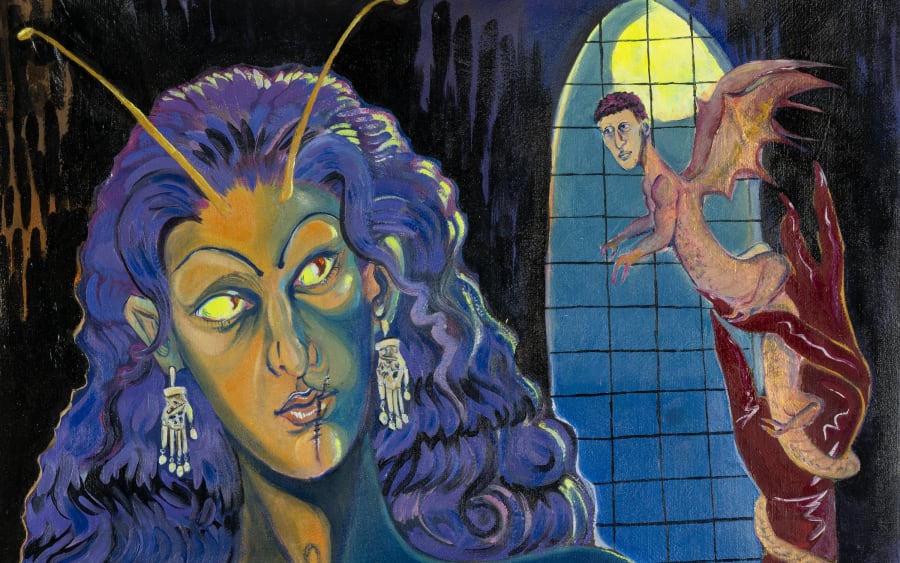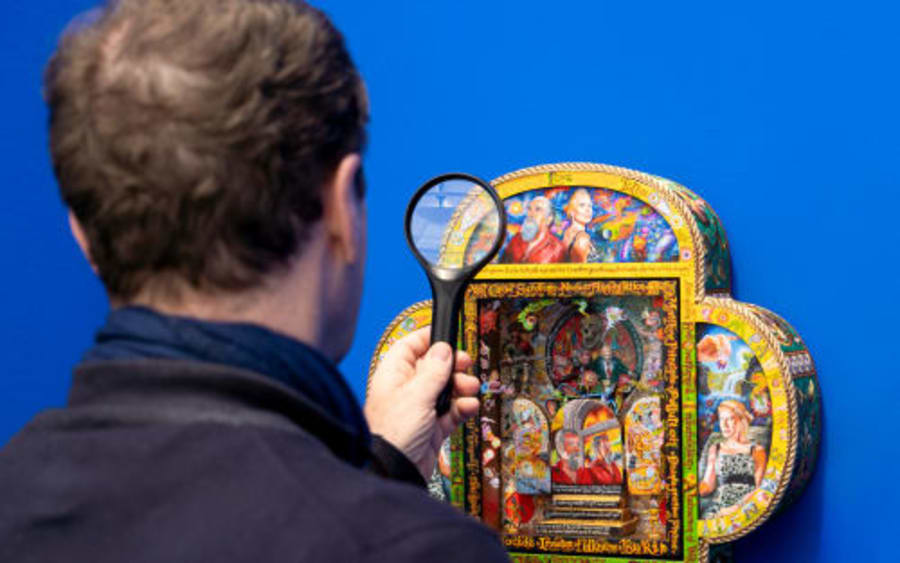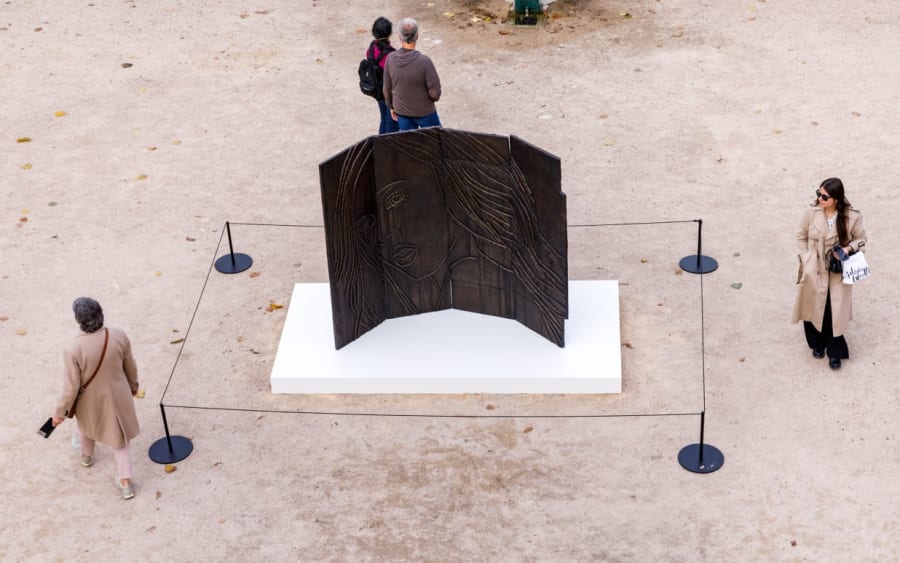Seven takeaways from the 2025 Survey of Global Collecting
The art world’s newest patrons are young, digitally fluent, and increasingly female
Seven takeaways from the 2025 Survey of Global Collecting
The art world’s newest patrons are young, digitally fluent, and increasingly female
Seven takeaways from the 2025 Survey of Global Collecting
The art world’s newest patrons are young, digitally fluent, and increasingly female
Seven takeaways from the 2025 Survey of Global Collecting
The art world’s newest patrons are young, digitally fluent, and increasingly female
Seven takeaways from the 2025 Survey of Global Collecting
The art world’s newest patrons are young, digitally fluent, and increasingly female
The Art Basel and UBS Survey of Global Collecting 2025, authored by Dr. Clare McAndrew of Arts Economics, offers a vivid snapshot of a market in transformation. It charts how millennial and Gen Z collectors, together with a rising cohort of women, are redefining what it means to collect art in an age where digital access and social awareness are shaping taste and value.
Here are seven of the most striking findings.
Art remains a priority
Even amid global uncertainty, high-net-worth collectors continued to invest heavily in art. In 2025, they allocated an average of 20% of their wealth to their collections, up from 15% the year before. Among Gen Z, that figure rose to 26%.
Women collectors are expanding the field
Women are reshaping the global art market in both scale and scope. Across all regions, high-net-worth women spent 46% more on art and antiques than men in 2024, with millennial and Gen Z women driving the trend. They were also more adventurous in their choices: more than half reported buying works by unknown artists, and nearly half of the pieces in women’s collections were by female artists. In the United States and Japan, that share exceeded 50%.
Dr. Clare McAndrew observes that women ‘are equally aware of risk but more willing to embrace it in practice,’ often exploring new media and supporting emerging voices. Their influence is contributing to a more balanced and diverse collecting landscape.
Collecting is about identity and culture
While boomers still lead in fine art spending, younger collectors are broadening their horizons. Millennials show a particular interest in design, decorative arts, and jewelry, while Gen Z collectors are more focused on sneakers, luxury handbags, and collectible sports items. Collecting, in terms of both artworks and collectibles, has become a reflection of identity and culture.
Digital art has become mainstream
Digital art is no longer a niche interest. More than half of all respondents reported buying digital works this year, making it the third highest category of fine art spending, just behind paintings and sculpture. France and Japan showed particularly high levels of participation. For Gen Z collectors, digital art is an extension of their daily lives, where art, technology, and community meet on screen as naturally as in a gallery.
Social media and new channels are reshaping buying habits
The ways collectors buy art are evolving rapidly. Galleries remain central, but high-net-worth collectors are engaging with them through a broader range of channels: Among those who bought from a gallery, 51% made at least one purchase through Instagram, up sharply from previous years. Art fairs also continue to thrive, with more than half of respondents making purchases connected to fairs. Collectors today discover and buy through multiple channels, blending digital browsing with in-person encounters.
The connection between collectors and artists has become more personal. The report found a notable increase in direct-from-artist purchases, both online and through studio visits. Collectors are seeking authenticity and intimacy in their acquisitions, wanting to know the people and stories behind the works they buy. Studio visits rose to an average of seven per year in 2024, with eight planned for 2025. This direct engagement signals a shift towards a more transparent and human-centered art market.
Engagement, not exclusivity, defines the modern collector
Collectors today are everywhere. The average high-net-worth-individual (HNWI) attended 48 art-related events in 2024, from exhibitions to fairs to artist studio visits – more than before the pandemic. Women led in attendance, and younger generations planned to attend even more in 2025. The result: a more connected, participatory art world where collecting is intertwined with community and experience.
The next generation links collecting with purpose
As wealth changes hands, so do values. The Great Wealth Transfer is reshaping collecting priorities. Younger buyers are motivated by meaning as much as by market value. They are drawn to art that speaks to identity, community, and purpose. For many, collecting is a way to express who they are and what they believe in, rather than simply a measure of wealth.
The Survey of Global Collecting 2025 reveals an art world that is more diverse, more connected, and more curious than ever before. Women are leading spending, younger generations are redefining taste, and digital tools are opening doors to new possibilities. Collecting has become both more personal and more global, driven by curiosity, creativity, and the desire to engage directly with the art and artists shaping our time.
The survey is the 12th in a series conducted in collaboration with Arts Economics and UBS. It now covers 10 markets, with responses from 3,100 HNWIs, including 1,575 women, and remains one of the largest surveys of high-net-worth collectors globally.
Download The Art Basel and UBS Survey of Global Collecting 2025 here.
Caption for header image: View of Art Basel 2025. Photograph by Matthieu Croizier.
Published on October 24, 2025.



